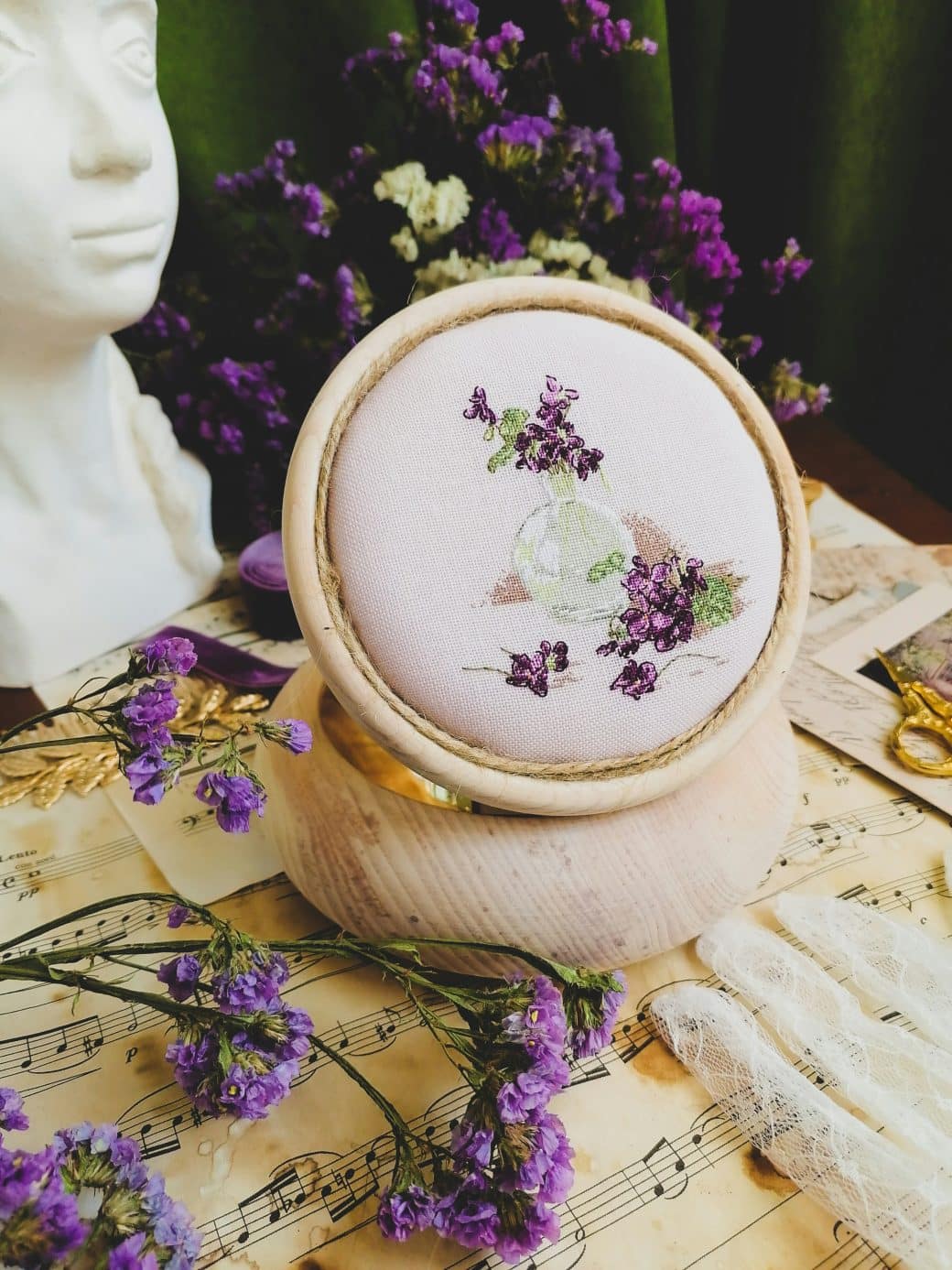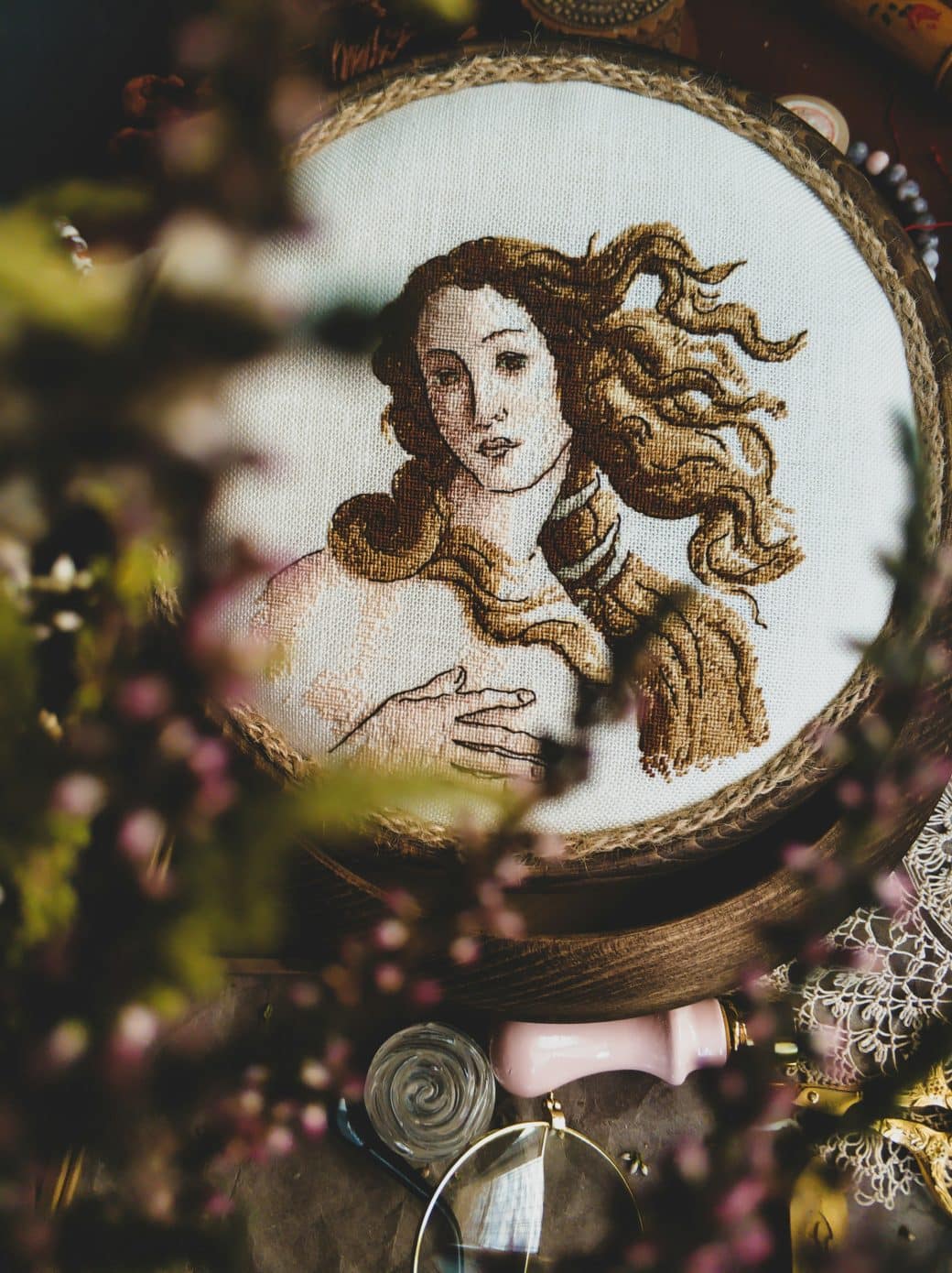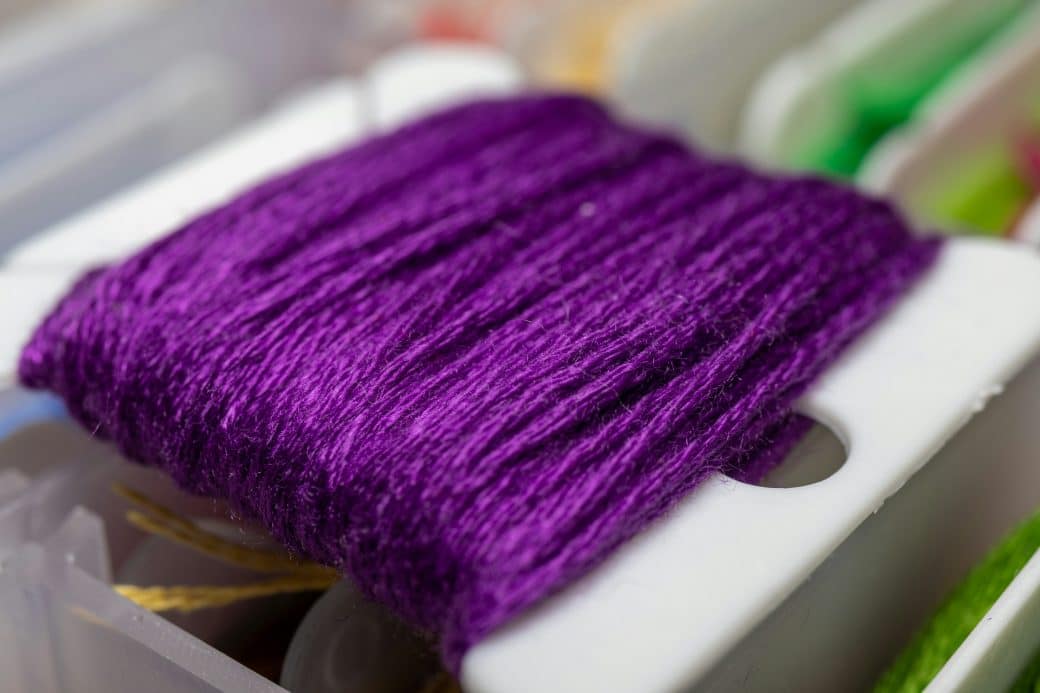If you’ve ever held a cross-stitch kit in your hands, feeling the texture of the fabric and squinting at the tiny, colored squares on the pattern, you know there’s a unique sense of anticipation that bubbles up. It’s not just about following the instructions to the letter; it’s about embarking on a creative adventure. The process of transforming those simple threads and blank canvases into intricate designs or heartfelt messages is nothing short of magical. From choosing the right materials to understanding the symbolism behind each stitch, I’m here to take you through the fascinating journey of creating beauty through cross-stitch kits. It’s an art form that marries precision with creativity, and I can’t wait to share the insights and joys it holds.

Understanding Cross-Stitch
Cross-stitching has become quite the hobby for me, and maybe you’re curious about dipping your toes into these vibrant, thread-filled waters too! Let’s unravel the mysteries behind cross-stitch together, shall we?
Defining Cross-Stitch
Cross-stitch, in its simplest form, is a type of counted thread embroidery that’s been around for ages. It involves creating x-shaped stitches in a tiled, raster-like pattern to form a picture or a design. It’s quite fascinating how something so intricate can be broken down into a series of simple crosses on fabric.
History of Cross-Stitch
Now, let’s take a little stroll down history lane. Cross-stitch is not a new fad. It’s actually one of the oldest forms of embroidery, believed to date back to the medieval times. Historical evidence shows that this art form has spanned cultures and continents, evolving with each era. It was not merely a hobby but also a means of storytelling and record-keeping in many societies.
Understanding cross-stitch symbolism
Over the years, cross-stitch patterns have often carried symbolic meaning. From the motifs stitched into samplers in the Elizabethan era that often conveyed moral lessons or personal values, to modern patterns that might symbolize personal milestones or popular culture references. It’s a beautiful blend of art and symbolism, where each stitch contributes to a larger narrative.
Components of Cross-Stitch Kits
Diving into cross-stitch requires a bit of preparation. Let’s break down what typically comes in a cross-stitch kit.
Exploring Different Types of Materials
Cross-stitch materials can vary widely but most kits generally include the essentials: fabric (usually Aida, which is beginner-friendly), embroidery floss, and a needle. The fabric’s weave size, indicated by its count, affects the size and detail of your finished piece. Higher count fabrics produce finer, more detailed stitches.
Getting to know various cross-stitch tools
Apart from the basics, there are tools that, while not always included in kits, can make the process smoother. Think of embroidery hoops to keep your fabric taut, needle threaders to make threading easier, and scissors meant just for snipping threads.
Significance of the cross-stitch pattern
The heart of any kit, the pattern guides your stitching. It’s usually a grid, with symbols representing different colors of floss. Following it is akin to decoding a map, where each symbol leads you closer to the treasure—a beautiful, finished design.
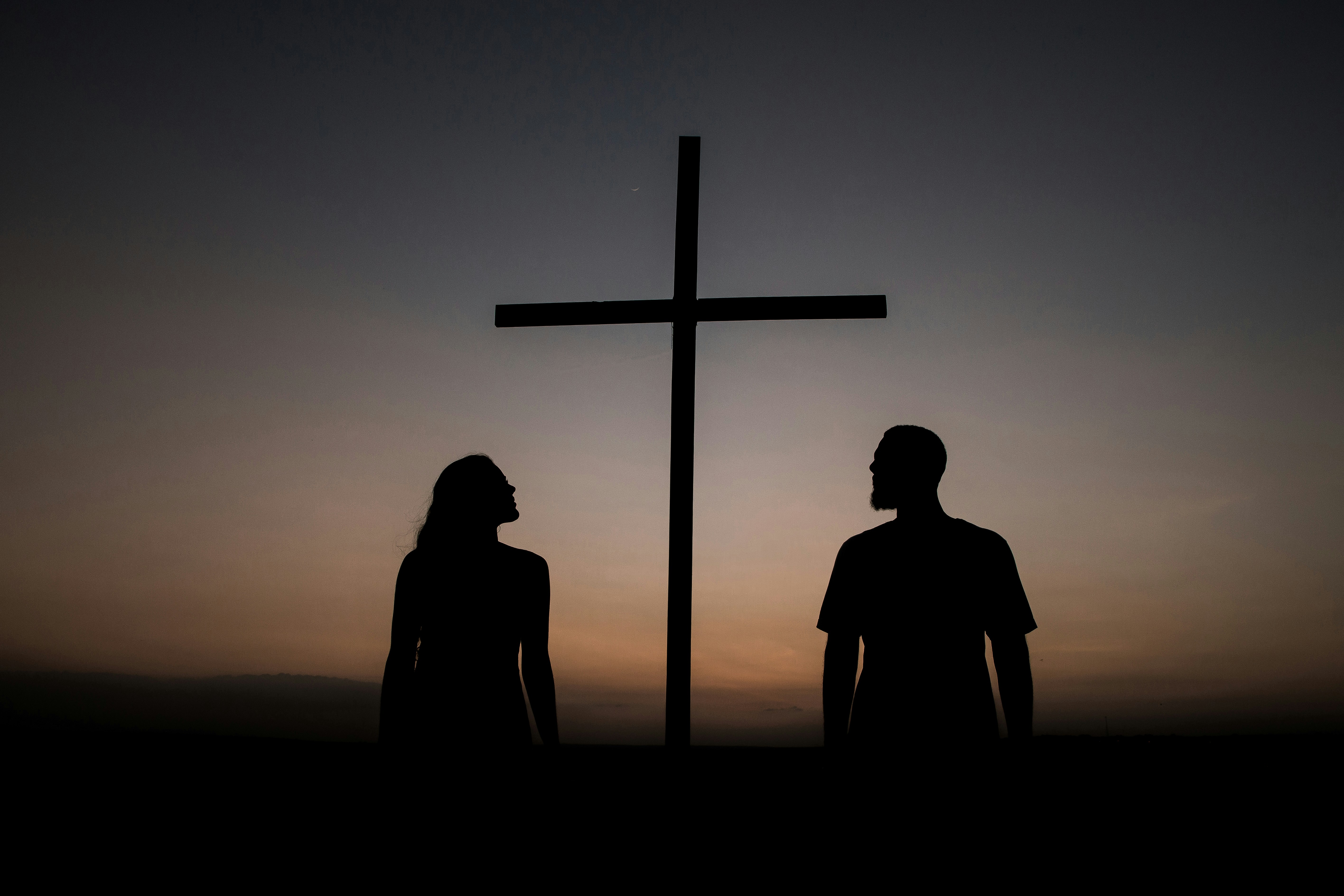
Starting with a Cross-Stitch Kit
Beginning your cross-stitch journey might feel daunting, but it’s all about taking that first stitch with confidence.
Choosing the right kit
As a newbie, it’s tempting to choose the most intricate design, but start simple. Look for kits labeled “for beginners” or ones with larger count Aida fabric and fewer colors.
Understanding the instructions
Before diving in, take a moment to familiarize yourself with the instructions and the pattern. They’re your roadmap, indicating where to start, which colors to use, and how to make each stitch.
Setting up the equipment
Get your fabric in the hoop, thread your needle (not too long to avoid tangling), and you’re almost set to start.
Starting the stitching process
Begin from the center of your fabric to ensure your design is centered. It’s generally easier to manage and helps in framing your finished piece.
The Stages of Cross-Stitching
Embarking on the stitching journey, here’s what to expect and how to tackle it.
Determining the center of the fabric
Most patterns recommend you start from the center. To find it, fold your fabric in quarters and mark the center point. This keeps your work balanced.
Threading the needle
Use a length of embroidery floss about 18 inches long to avoid knots and tangles. If you’re using stranded cotton, separate the strands according to your pattern’s instructions.
Creating the basic cross-stitch
The fundamental stitch is simple: diagonally up and diagonally down to form an ‘X’. Once you get the hang of it, it feels almost like second nature.
Completing a row of stitches
Work in rows as much as possible. Completing one color in its entirety before moving to the next can help keep your stitching neat and decreases the chances of errors.
Learning to follow a pattern
Reading a pattern is a skill that improves with practice. Each symbol on the grid corresponds to a specific color. It’s like painting by numbers but with threads.
Ending a thread properly
Secure your ends by running the needle under the last few stitches on the back of your work. It keeps the front looking clean and prevents unravelling.
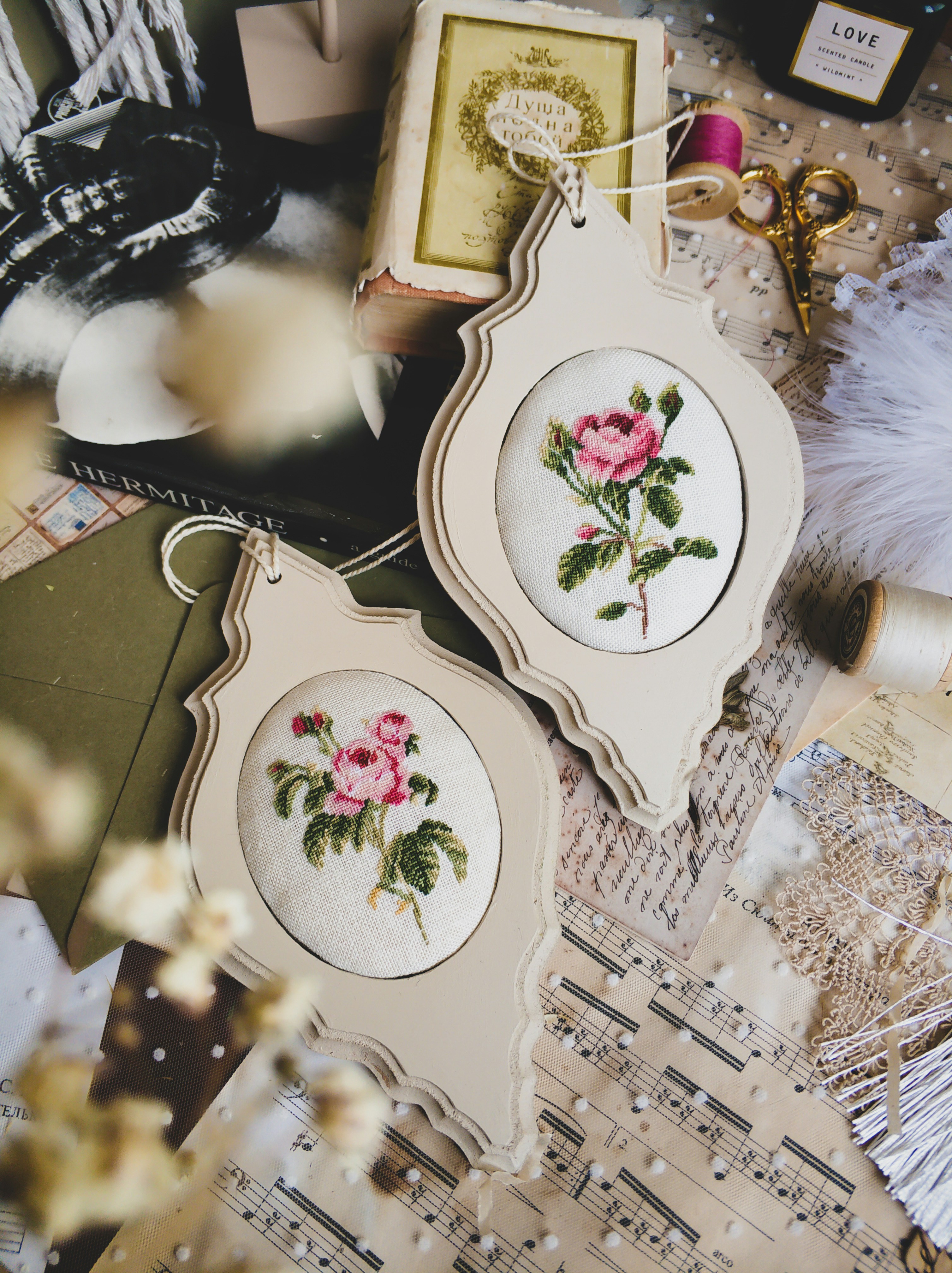
Best Practices in Cross-Stitching
Like any skill, a few tips can make your cross-stitching smoother and more enjoyable.
Maintaining tension in stitches
Your stitches should be firm but not too tight. Consistent tension ensures an even finish without warping the fabric.
Preventing thread tangling
Periodically let your needle and floss dangle freely to unwind. It’s a simple trick that saves a ton of frustration.
Order of stitching
Work from the top down and, if you’re right-handed, from left to right (the opposite if you’re left-handed). It can help in maintaining an orderly workflow.
Importance of regular breaks
Remember to take breaks. Your hands and eyes will thank you. Plus, stepping back periodically gives you a fresh perspective on your work.
Challenging Aspects of Cross-Stitch Kits
With every new skill, there are hurdles to overcome.
Managing complex patterns
Intricate designs are rewarding but can also be daunting. Break them down into smaller sections, tackling one at a time.
Handling metallic threads
Metallic threads add sparkle but can be tricky to work with. Use shorter lengths and a thread conditioner to minimize frustration.
Stitching on dark fabrics
This can strain the eyes. Use a light source behind your fabric or a white cloth on your lap to improve visibility.
Repairing mistakes
Mistakes happen to the best of us. The key is to catch them early. If not, carefully unpick stitches with a needle or small scissors.

Innovative Designs in Cross-Stitch Kits
The world of cross-stitch is always evolving.
Recent trends in cross-stitch patterns
From minimalist designs to intricate landscapes, there’s a growing range of modern patterns that reflect current trends and artistic sensibilities.
Pop culture influence on cross-stitch
The influence of pop culture is unmistakable, with designs featuring characters from movies, TV shows, and video games becoming incredibly popular. It’s a fun way to blend hobbies.
Evolution of cross-stitch design from traditional to modern
Traditional motifs like florals and alphabets are still beloved, but there’s a shift towards contemporary themes and abstract designs. The creativity is boundless.
Creating your Own Cross-Stitch Designs
Once you’re comfortable with the basics, why not venture into creating your own designs?
Learning to draw cross-stitch patterns
Start with graph paper to sketch your ideas, keeping in mind the limitations and advantages of the cross-stitch medium.
Translating a physical image into a cross-stitch design
There are software and apps available that can convert photos into stitchable patterns. It’s a fantastic way to personalize your projects.
Experimenting with colors and textures
Don’t be afraid to deviate from prescribed colors in a pattern. Experimenting leads to unique results and can enhance your understanding of color theory and texture.
Digital Influence on Cross-Stitch
The digital world has significantly impacted cross-stitch, making it more accessible and community-oriented than ever.
Online platforms for cross-stitch
From forums to dedicated websites, there’s a wealth of resources online for patterns, troubleshooting, and inspiration. The sense of community is palpable and encouraging.
Digital tools for pattern creation
Software that lets you design or convert images into patterns has democratized the creation process, allowing more people to put their stamp on their work.
Social media impact on cross-stitch trends
Social media platforms showcase the incredible diversity and creativity within the cross-stitch community. They also play a crucial role in setting trends and connecting stitchers worldwide.
The Therapeutic Benefits of Cross-Stitch
Beyond creating beautiful art, cross-stitch offers profound benefits for the mind and body.
The meditative aspect of cross-stitch
The repetitive nature of stitching can be incredibly meditative, providing a calming effect that many find therapeutic.
Improving fine motor skills
Regular stitching helps improve hand-eye coordination and fine motor skills, making it beneficial for all ages.
Boosting creativity and reducing stress through cross-stitch
Completing a piece, especially one of your own design, is immensely satisfying. It boosts creativity, reduces stress, and provides a sense of accomplishment. The process is as rewarding as the result.
Embarking on the cross-stitch journey is a delightful exploration of creativity, precision, and patience. Whether you’re deciphering a pattern, choosing your stitches, or simply enjoying the rhythmic dance of the needle and thread, each step is a stitch in the beautiful tapestry of this craft’s history and its vibrant present. So, grab a kit, settle into a comfy spot, and let’s make something beautiful together.

